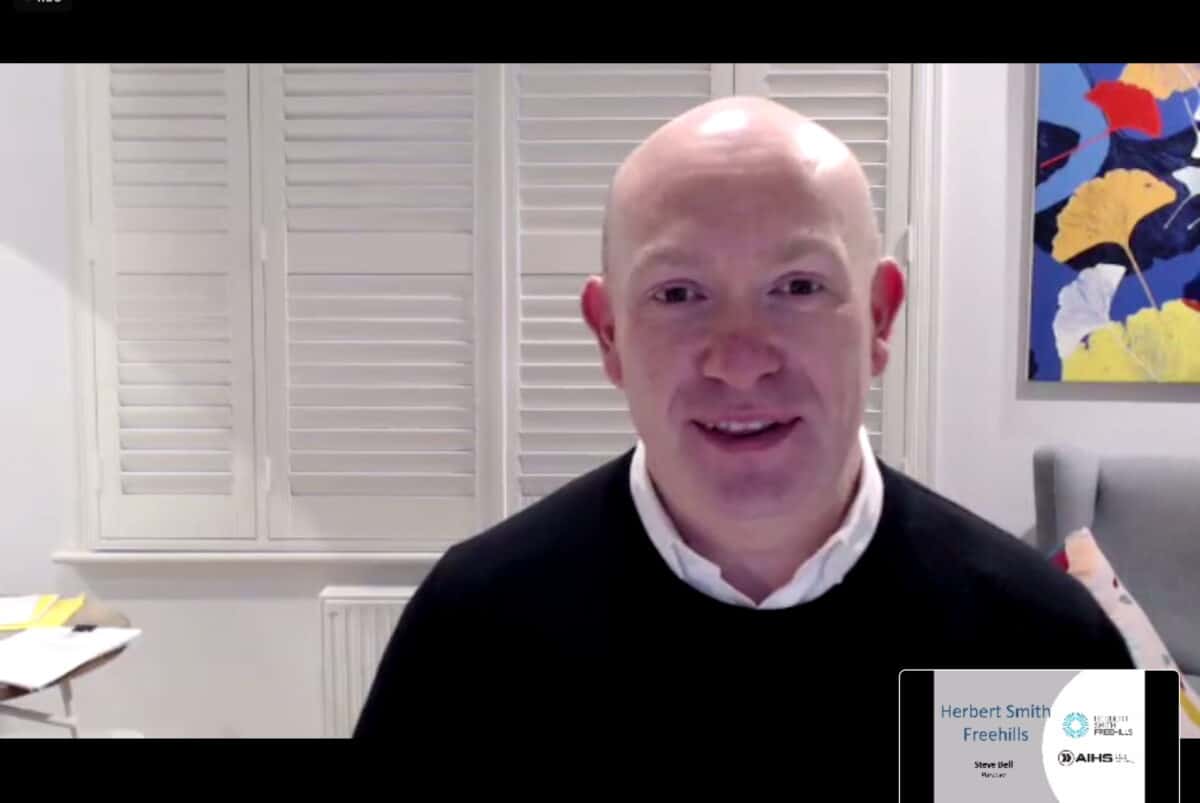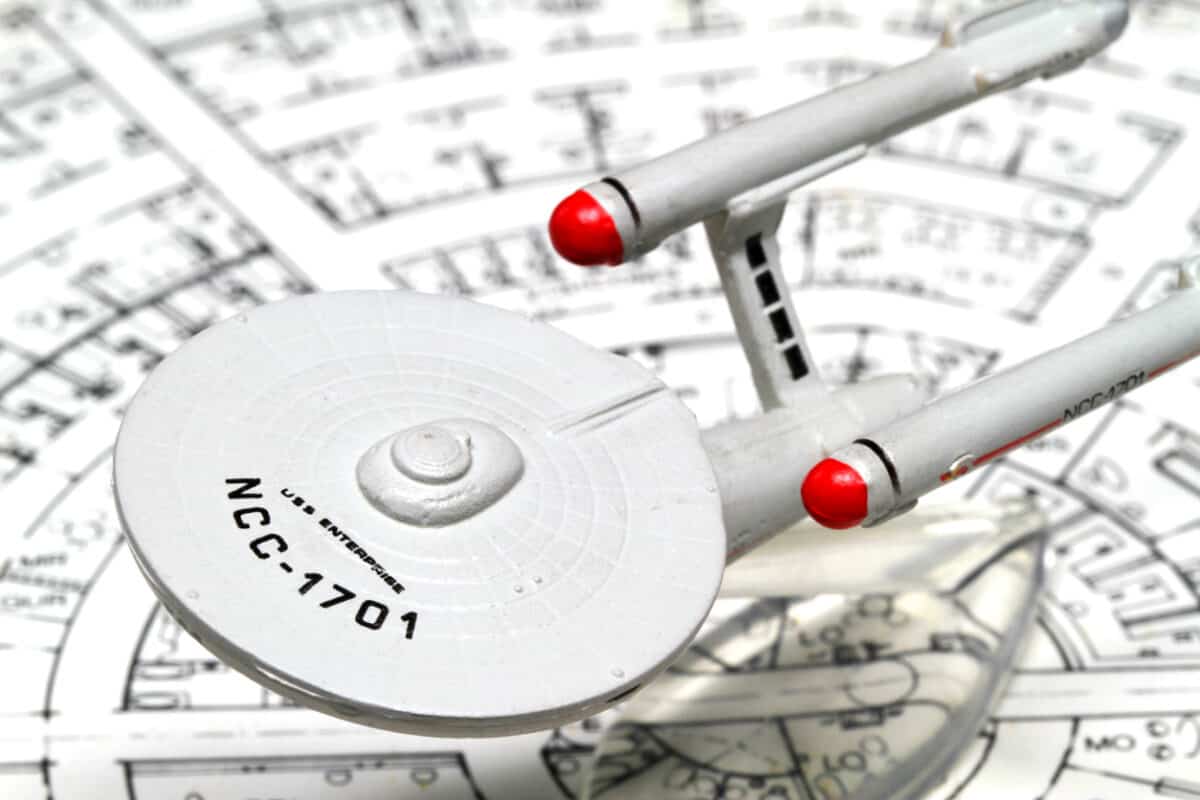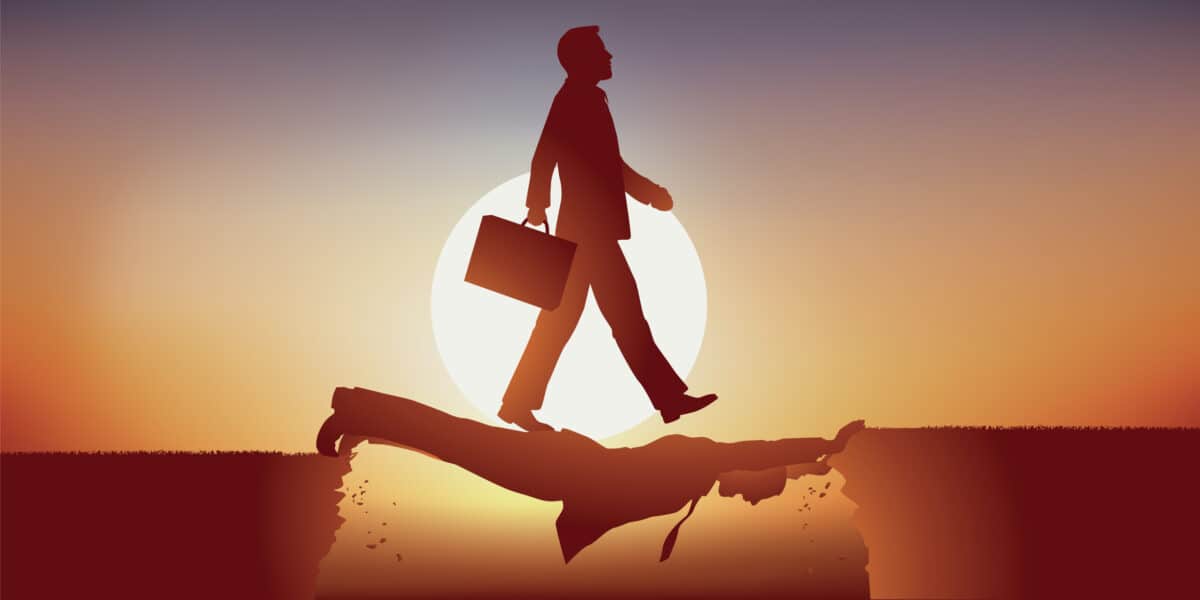It is generally understood that the attempt to harmonise Australia’s occupational health and safety (OHS) laws failed to achieve the level of change and integration expected. The laws are more harmonised than they were but each jurisdiction claimed special needs and so multiple jurisdictions continue to exist with their own laws and one State, Victoria, is still giving the bird to the rest through poorly justified arguments and pigheadedness. This unwillingness to even consider change, outside of established parameters, is a major impediment to the development of safe workplaces and work practices.
For example, Australia still desires nationally consistent OHS laws as this exchange between Deborah Knight, of radio station 2GB and the CEO of the Business Council of Australia, Jennifer Westacott, shows:







